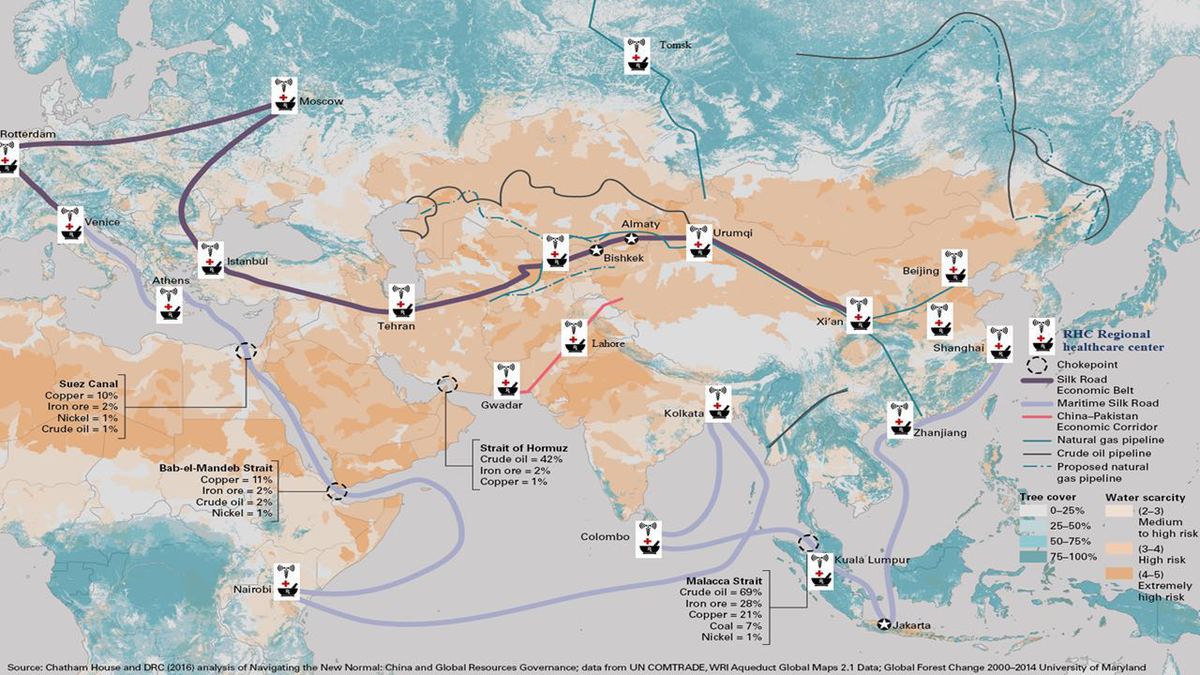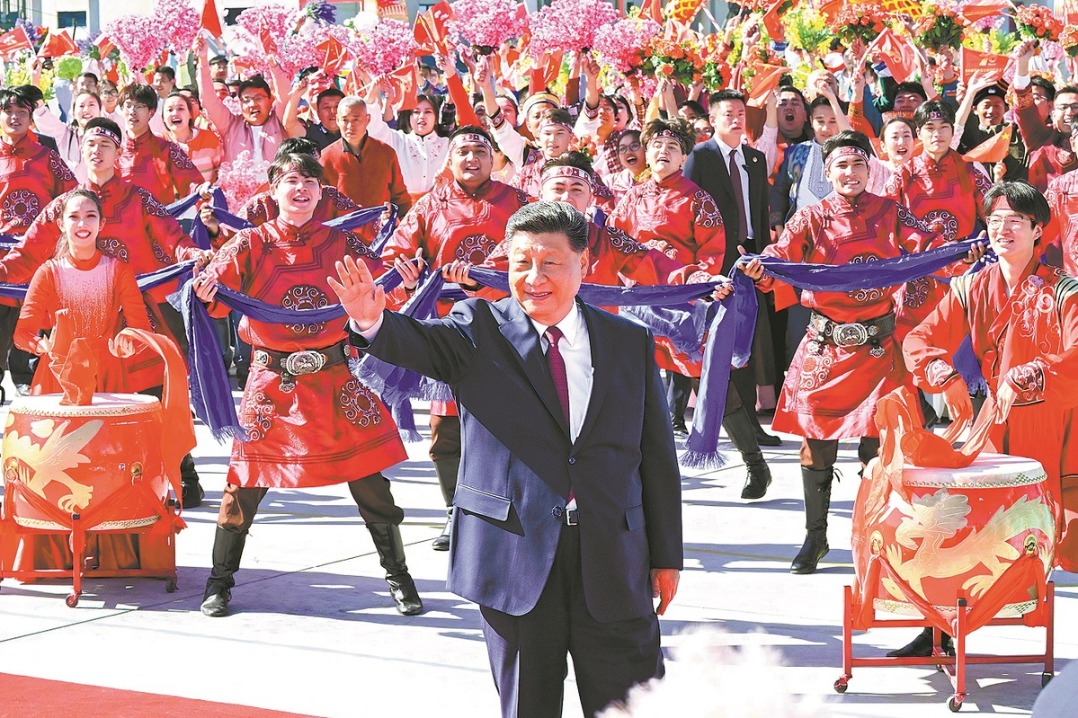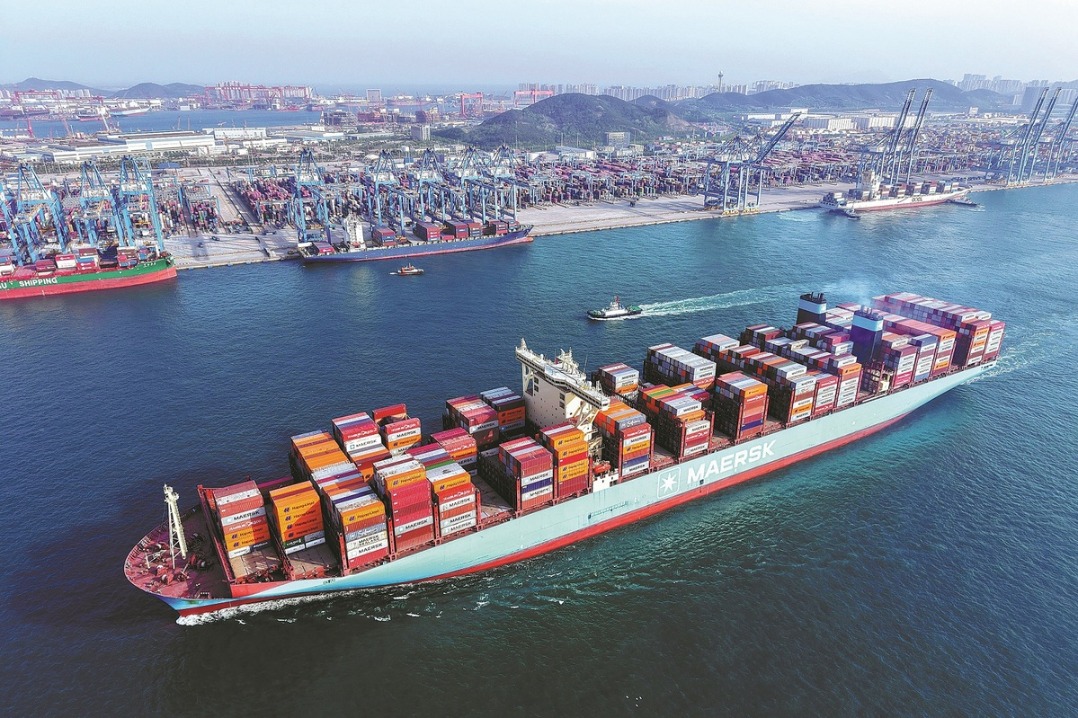CPEC: A health corridor between China and Pakistan


China Pakistan Economic Corridor (CPEC) is a framework of geographical connectivity linked through the Belt and Road Initiative, which is not just for the benefit of China and Pakistan but for all the countries involved in the initiative. CPEC will provide regional development, economic growth and peace through a win-win model. CPEC is a long-term project which was initiated in 2014 and is planned to be completed by 2030. A total investment of $46 billion has been allocated for the corridor. CPEC is linking Kashgar in northwest China with Gwadar Port on Arabian Sea coastline in Pakistan. The package includes building infrastructure, that is road, rail, pipeline links, hospitals and much more, between the Arabian Sea and China’s northwest. There are three routes of CPEC passing through Pakistan namely eastern route, central route and western route. Through CPEC, the current distance for China to reach the Arabian Sea will be shortened from 16,000 km to less than 5,000 km. Although, CPEC is advantageous in a number of fields for both Pakistan and China, but being a medical student, I will focus on medical field.
Pakistan has the seventh-largest pool of scientist and engineers, second-least expensive country and the manufacturer of 50 percent of all soccer balls in the world. However, much more has to be done on health sector in Pakistan. Statistical data from 2014-2015 showed that population per doctor and population per bed did not improve much over than previous years. Access to healthcare services remains inadequate because of insufficient human resources and medical infrastructure. Recent pharmaceutical industrial data of Pakistan shows that both national and multinational companies have contributed in growth of pharmaceutical industries. Domestic companies fulfilled 58 percent of the local demand and multinational manufacturers fulfilled the rest.
The healthcare system of China assures the provision of basic facilities to each individual through healthcare insurance. Out of top 25 pharmaceutical manufacturers in China, 22 are domestic companies. CPEC could play a key role in mutual cooperation between Chinese and Pakistani pharmaceutical industries. Availability of cheaper raw materials to manufacturers in Pakistan can be of mutual benefit for both countries.
More than 200,000 students from 64 countries involved in the Belt and Road Initiative were studying in China last year. More than 10,000 medical students have already graduated and are working in respective fields. Currently, Pakistan has risen to top 4 in number of students in China. There is an intense need to construct state-of-the-art hospitals and pharmacies at port city of Gwadar, where such students along with Chinese professionals might continue their practice. Recently, Vice-Chairman of Chinese Red Cross Foundation Liu Xuanguo announced plan to set up second emergency care in Quetta in Balochistan.
Currently, 90-95 percent of all the big machines for pharmaceutical industries in Pakistan and raw materials are imported. CPEC and Belt and Road Initiative can help in the development of this sector. As 42 percent of the total local demand of finished medicines is met by multinational companies in Pakistan. Thus, it can be a breakthrough for both Pakistani and Chinese manufacturers to get collaborative trade benefits through mutual cooperation. Through CPEC, Pakistan’s pharmaceutical industrialists will get quick access to China, Middle East and Europe. Traditional Chinese Medicine (TCM) is a vast field of treating all ailments. Effectiveness and utility of TCM can be exported to the world through the initiative and CPEC.
Other than hospital and pharmaceutical industries, there is a need to build medical colleges and universities, state-of-the-art research laboratories, drug stores and pharmacies along the CPEC. In order to polish the medical skills of the personnel, the doctors, pharmacists and other medical staff exchange programs can be initiated. For health and knowledge corridor, experts from both China and Pakistan will be needed to bring revolutionary changes in health sector. Health corridor will bring drastic changes which in turn will improve the basic health facilities in Pakistan. Once the project completed successfully people of even rural areas will be able to get quality treatment without traveling to major cities.
A large number of entrepreneurs from Pakistan and China have already invested and showed their huge satisfaction in CPEC. Multinational investors are also showing their interest to invest in Pakistan now, thanks to CPEC. Currently, many Chinese companies are working in Pakistan and more are thinking to work in future because of more trade benefits in Pakistan as compared to China. There is a need to encourage and assist investors from China and Pakistan to invest in medical sector.
The newly elected Prime Minister of Pakistan Imran Khan in his victory speech said that CPEC has brought many positive changes in Pakistan’s economy. Talking to a Chinese newspaper, Khan said that direct involvement in the construction and operations of various projects under the CPEC framework has opened a lot of opportunities for a large portion of the population. In the future, the CPEC will receive wide support from all sectors of Pakistani society.
Muhammad Ijaz is a doctoral student at Shandong University School of Pharmaceutical Sciences and a China Scholarship Council recipient.
The opinions expressed here are those of the writer and do not represent the views of China Daily and China Daily website.


































